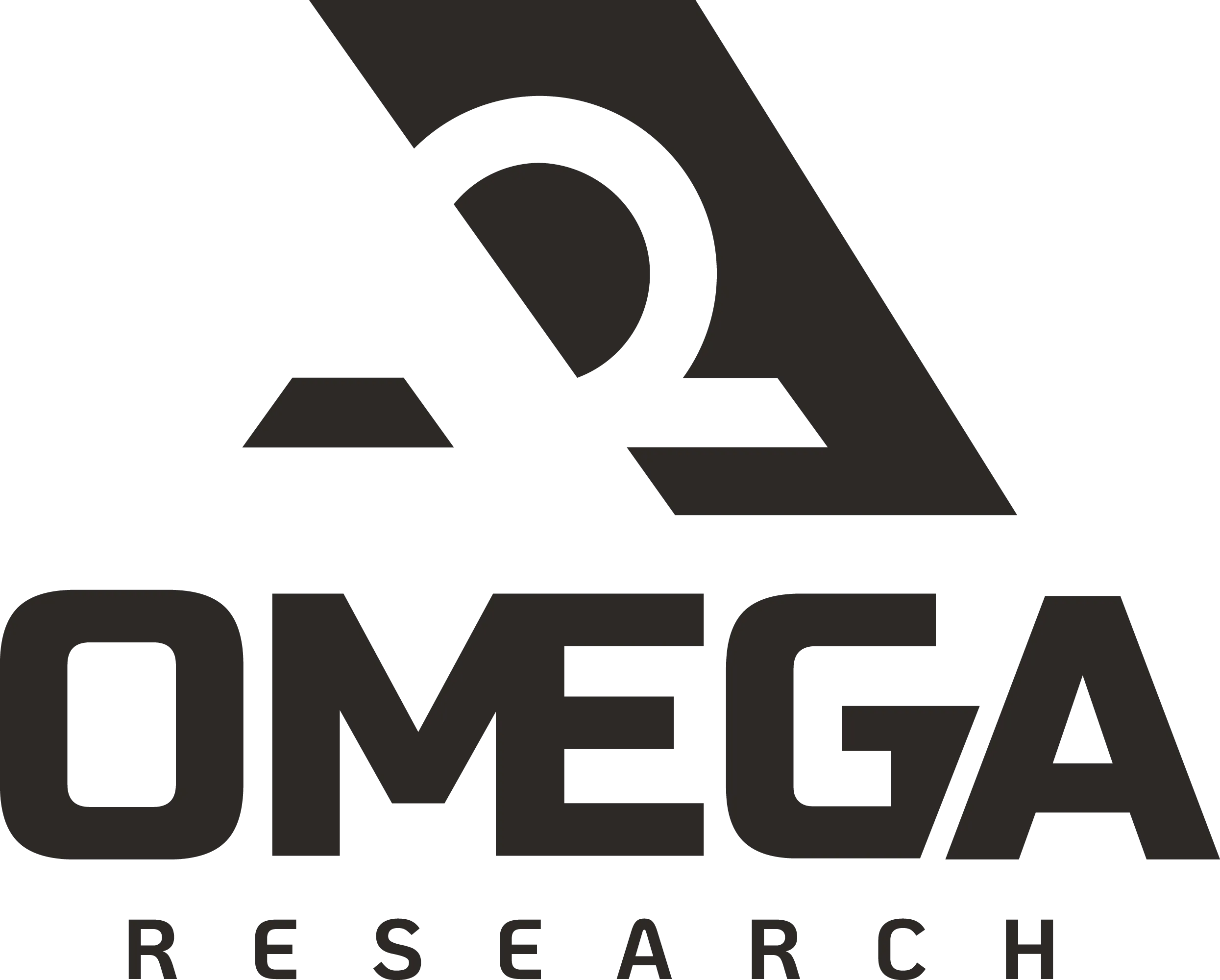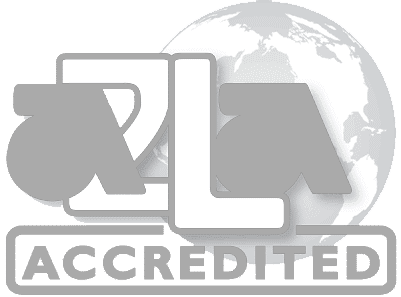In high-stakes industries like aerospace, defense, and advanced manufacturing, plating serves an important role. Plated finishes safeguard against corrosion, ensure conductivity, and extend the lifespan of mission-critical components. But hidden within even the most carefully applied coatings can be microscopic voids known as porosity. These seemingly minor imperfections can create outsized problems if left undetected, making porosity testing a vital part of any robust quality assurance program.
The Hidden Risks of Porosity in Plating
At its core, porosity creates pathways for corrosive agents, moisture, and contaminants to reach the substrate beneath the plating. Once that barrier is breached, corrosion can spread rapidly and compromise structural integrity. In applications where conductivity is key, such as electrical contacts and connectors, pores can disrupt current flow, leading to intermittent failures that are difficult to diagnose but costly to repair. Even mechanical performance can be compromised, as voids may weaken adhesion between the coating and base metal, particularly under vibration or thermal cycling.
What makes porosity especially dangerous is that it’s invisible to the naked eye. A component may appear flawless on inspection, yet harbor defects that only emerge under harsh operating conditions. For industries where safety and compliance are non-negotiable, those unseen flaws pose unacceptable risks.
How Porosity Testing Works
Porosity testing is designed to uncover these defects before they cause failure in the field. Several methods are commonly used, each targeting different forms of pore detection. The ferroxyl test, for example, highlights voids in nickel plating by creating a visible chemical reaction where pores expose the underlying steel. Salt spray tests subject plated components to corrosive environments, accelerating failure modes that expose porous coatings.
These tests are not performed in isolation. They are guided by established standards from ASTM, MIL specifications, and AS9100-related requirements that ensure consistency and reliability. By adhering to these frameworks, testing laboratories provide results that suppliers and OEMs can trust to meet both regulatory and operational demands.
Why Overlooking Porosity is Costly
Skipping or minimizing porosity testing introduces risks that extend far beyond the lab. A single defective batch of plated parts can cascade into corrosion failures, electrical malfunctions, and field recalls. In aerospace, where requalification processes are lengthy and expensive, even a small defect can stall entire production schedules. And because porosity-related failures often appear later in the lifecycle, they can undermine customer trust long after delivery.
The true cost isn’t limited to rework or replacement. Suppliers may face lost contracts, reputational damage, and additional oversight from regulatory bodies. In industries where margins for error are slim, overlooking porosity can mean the difference between being a trusted partner or being sidelined for more reliable competitors.
Omega’s Approach to Reliable Porosity Testing
At Omega, our accredited laboratory combines established test methods with decades of materials expertise, providing both precise detection and meaningful interpretation of results. By pairing porosity testing with complementary evaluations — such as corrosion resistance and electrical performance — we deliver a complete picture of how coatings will perform in the environments they’re designed to withstand.
Equally important is communication. We explain what the results mean for your product’s expected lifespan and performance profile. This partnership-driven approach helps suppliers make informed decisions, reduce costly failures, and maintain confidence across their supply chains.


